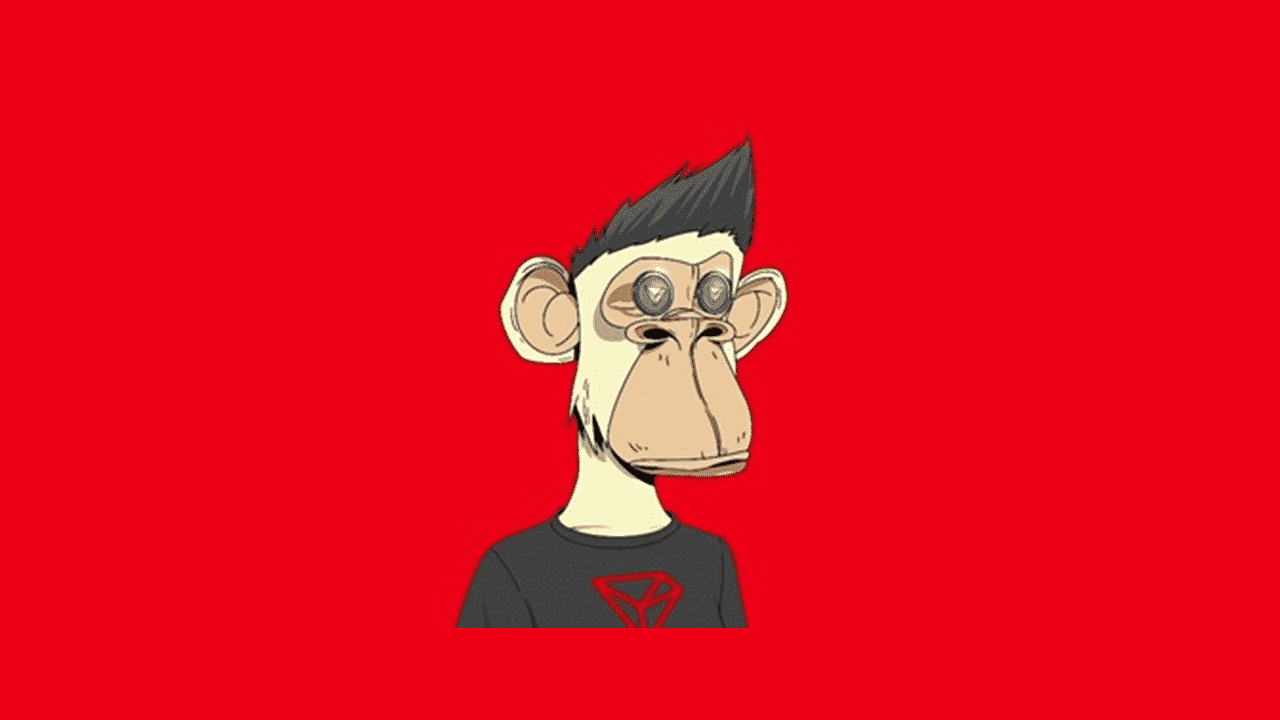how to generate an nft
Nft stands for NetFlow Table and they are used to highlight network activity such as usage, top sessions, traffic flow, etc.
Generating an nft is fairly easy to follow our in this article we will provide you with step-by-step instructions on how to generate one.
Image source: https://www.behance.net/gallery/131416125/Monkeys-Meta-NFT-Collection
1) Obtain an IP Address in the desired Subnet or prefix range of the NFT that you want. 2) Determine the NetFlow version that your router supports (static vs dynamic). 3) Determine if you want a single or dual table format for your router output. 4) Configure your router to send proper IP to the interface. 5) Configure the show ip nft command in the appropriate Shell. 6) Generate your show ip netflow and send it to your Cisco router.
7) Wait for it to become active (could take a few hours depending on your path and network which can vary). 8) Confirm that you have a correct nft by issuing show ip nft command in the appropriate shell.
Image source: https://in.pinterest.com/pin/995436323859355831/
9) Login to your router and verify nft information by issuing the following command: show ip nft.
Naft consists of two parts, the table part and the alignment part. The table part consists of a series of flow entries (with destination IP and source IP pair), while the alignment section consists of four fields that need to be filled in manually. One of the fields is Netflow version whose value will differ according to your router version and hardware issues. The other three fields consist of Netflow templates.
Image source: https://womanofsolana.com/wp-content/uploads/2022/04/15-1.png
Source IP address: The source IP address is the destination of the flow listed in the table part and it is also used to correlate flows being sent out simultaneously.
Destination IP address: The destination IP address can be one or multiple addresses and they are all listed in the table part. Next Hop Interface: This field contains the name of an interface that has been selected by a router as a next hop for packets that match a flow template within an entry in the alignment section. In this field, you need to specify a single interface or multiple interfaces, separated with commas.
1. Before generating your NFT you will need a project established on the Ethereum blockchain. This can be done by installing Mist or Parity and then visiting their respective client websites (both of which have their own tutorial).
2. If you use Mist, find "dapps" in the sidebar and click on it, then select "create your own contract." You'll need to give it a name as well as decide where to put its contract code (either inside your config folder or encoded in the browser). Make sure that when you're adding this new contract, make sure to select "contract" not "smart contract.
3. This will generate your contract address, and you can see the code by double clicking on the new address.
Image source: https://ghostmarket.io/asset/bsc/0xf5db804101d8600c26598a1ba465166c33cdaa4b/91559/
4. To generate an NFT (non fungible token), simply add it as a custom string field to your contract and set its value to 1.
5. To access it via the command line, use web3 injects 6. You can also access this contract via your browser in the same way as you would access any web page (that is, by going to the contract's address in mist or parity and clicking start mining).
7. To add this token to the wallet, simply go to #contracts and click on "add a custom token."
8. Fill out the field for "address" with the address of your token's contract and then fill out "symbol" with your desired name for this token. Finally, fill out "decimals" with how many decimals you want each unit of this token to have (e.g. 0.001, meaning it's going to have 100 units). Finally, your nft is now deployed on the blockchain, and you can send transactions using the standard method of sending ERC20 tokens
Image source: https://wallpapercave.com/bored-ape-wallpapers
Unlike a traditional token, which is usually reserved for ICOs and crowdfunding campaigns, non-fungible tokens (NFTs) are designed to be easily tradeable and transferable, allowing users to use them in game economies , collectibles , goods trading markets , commodities markets , and between financial institutions. Introducing the next big thing - NFTs, making it easier than ever to trade a variety of different assets without having to download and sync with multiple exchanges".
This is an exciting time for crypto. The past year has seen cryptocurrencies develop from expensive, sound-only assets that were primarily used by speculators into increasingly useful tools for reducing risk and streamlining transactions. These days, more than at any other point in time, it's possible for everyone to have their own personal investment portfolio. But where does one start?




Comentarios
Publicar un comentario